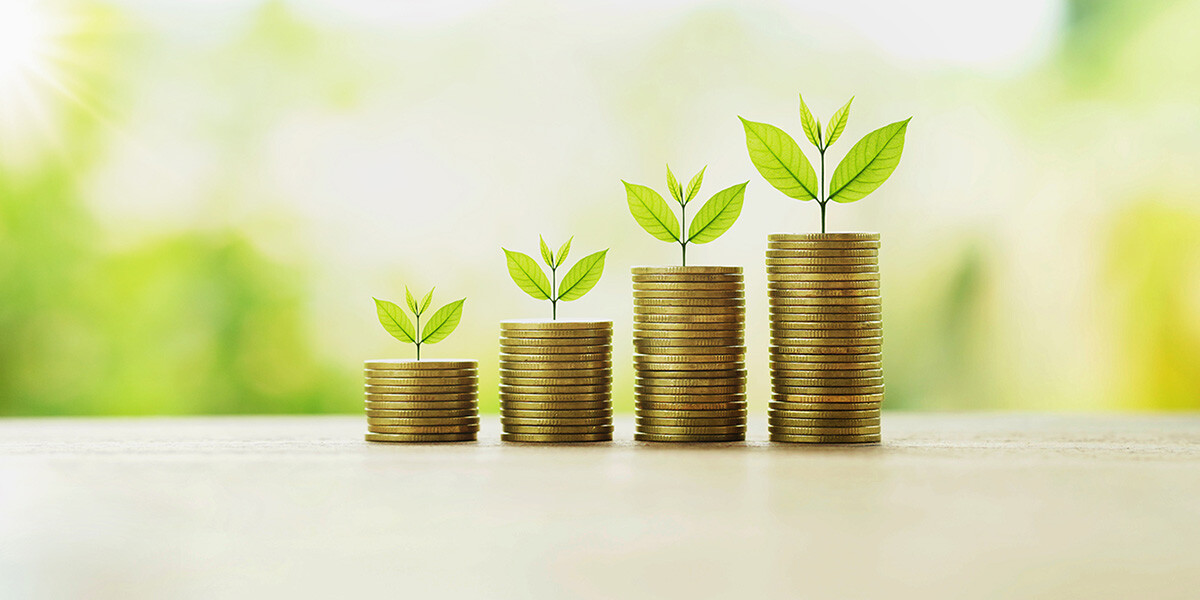Did you know that 1031 Exchanges are a cornerstone of economic growth?
In today’s evolving economic landscape, one often misunderstood tax provision continues to fuel reinvestment, create jobs, and uplift communities—Section 1031 of the Internal Revenue Code, also known as the like-kind exchange.
What Is a Like-Kind Exchange?
A 1031 exchange is a tax-deferral mechanism, not tax elimination. When an investor sells a business or investment property and reinvests the proceeds in a similar type of property, capital gains taxes can be deferred—freeing up capital for immediate reinvestment. Taxes are ultimately paid when the new property is sold without being exchanged.
Economic Impact by the Numbers
Recent studies confirm the significant role 1031 exchanges play in our economy:
- 976,000 jobs supported
- $48.6 billion in labor income created
- $97.4 billion added to U.S. GDP
- Over $19 billion in annual tax revenue generated
These figures come from a 2021 macroeconomic study by Ernst & Young, which underscores how 1031 exchanges stimulate job creation and economic activity—far surpassing the modest $2.5 billion annual revenue projected from capping the provision.
Fueling Community Revitalization
As the commercial real estate market rebounds from COVID-19, 1031 exchanges are more important than ever. From 2019 to 2023, while overall real estate transactions dropped by 22.1%, the number of 1031 exchanges increased by 15%.
Examples include:
- A Costco-anchored retail center in Naperville, IL, revitalized through 1031 investment.
- A grocery store in a South Side Chicago food desert, financed via a 1031 exchange, sparking new housing and commerce.
- Hotels converted into apartments and malls into distribution centers, breathing new life into distressed properties.
Empowering Small and Diverse Businesses
Section 1031 supports the organic growth of minority-, veteran-, and women-owned businesses by reducing reliance on traditional financing. These entrepreneurs can reinvest gains into expanding facilities and creating jobs, with less debt burden.
Supporting Farmers, Conservation, and Sustainability
Up to 30% of agricultural real estate transactions use 1031 exchanges, helping farmers:
- Consolidate or expand acreage
- Reduce financing costs
- Participate in environmental conservation like protecting wetlands and wildlife habitats
Dispelling the “Loophole” Myth
One of the biggest misconceptions about 1031 exchanges is that they’re just a loophole—an endless cycle where investors keep buying properties and never pay taxes. But that is simply not true for most people.
In fact, a major microeconomic study by Ling & Petrova found that 80% of taxpayers who use a 1031 exchange only do it once before they eventually sell their new property and pay taxes. The truth is that 1031 exchanges are a smart planning tool. While the strategy can be incredibly valuable for deferring taxes and building wealth, it is not a way to avoid them forever.
Policy Threats and Economic Risks
The FY 2025 budget proposal includes a cap on 1031 exchanges. But with like-kind exchanges generating 10x more tax revenue than the proposed cap, limiting or eliminating Section 1031 would undermine:
- Community redevelopment
- Job creation
- Tax revenue at all levels of government
Final Thoughts: Keep 1031 Strong
Section 1031 exchanges are not only a smart economic policy—they’re essential. They drive growth, revitalize neighborhoods, and generate billions in tax revenue. Limiting this tool could create more problems than it solves.


